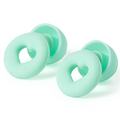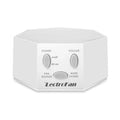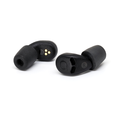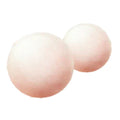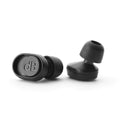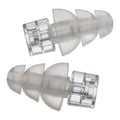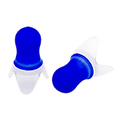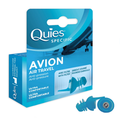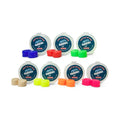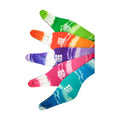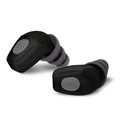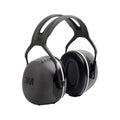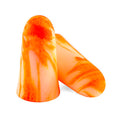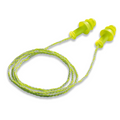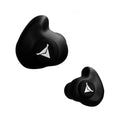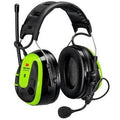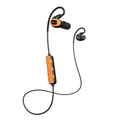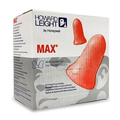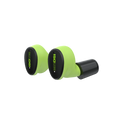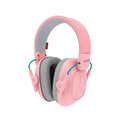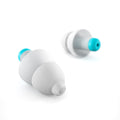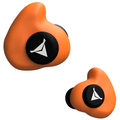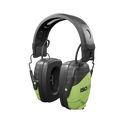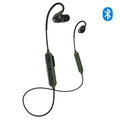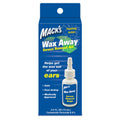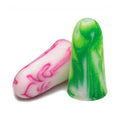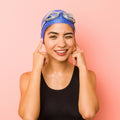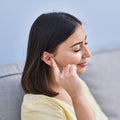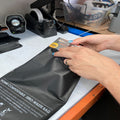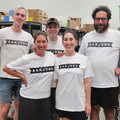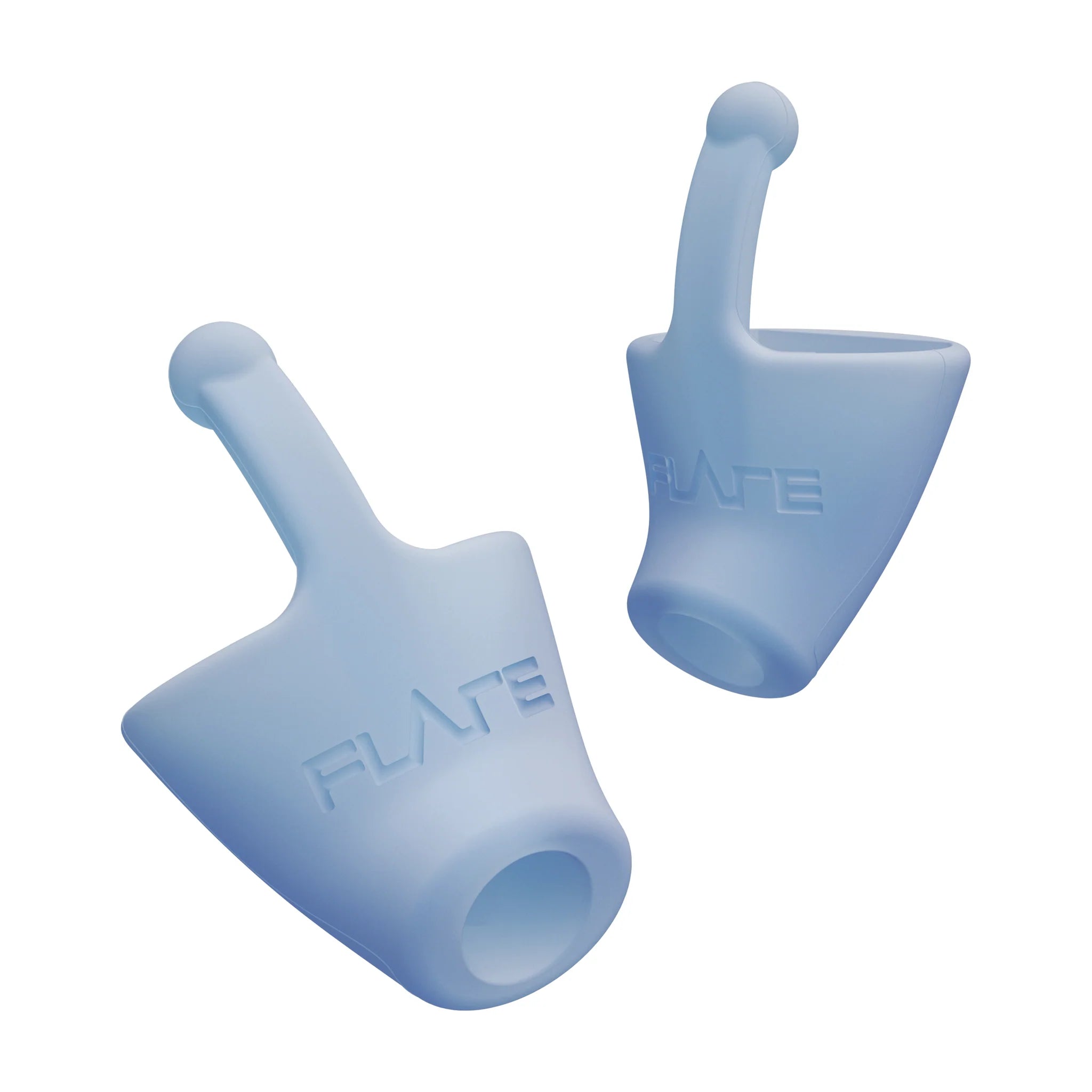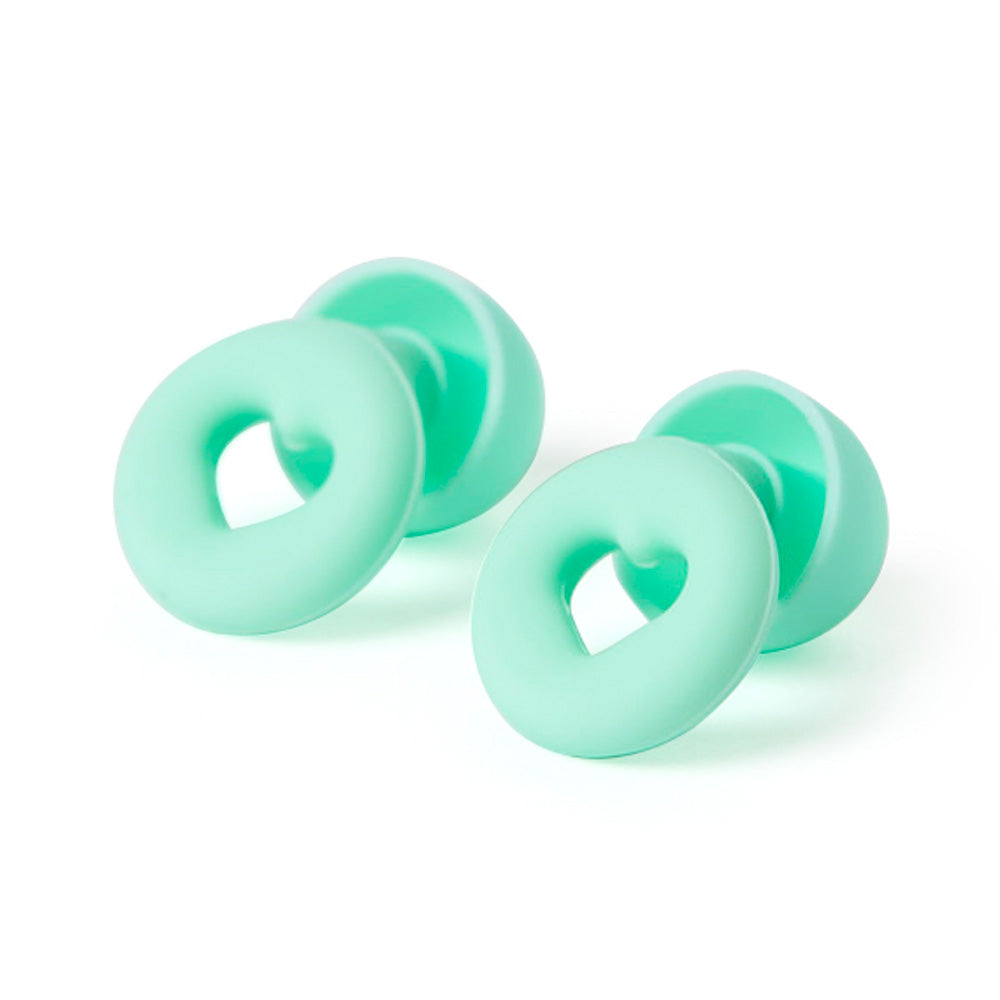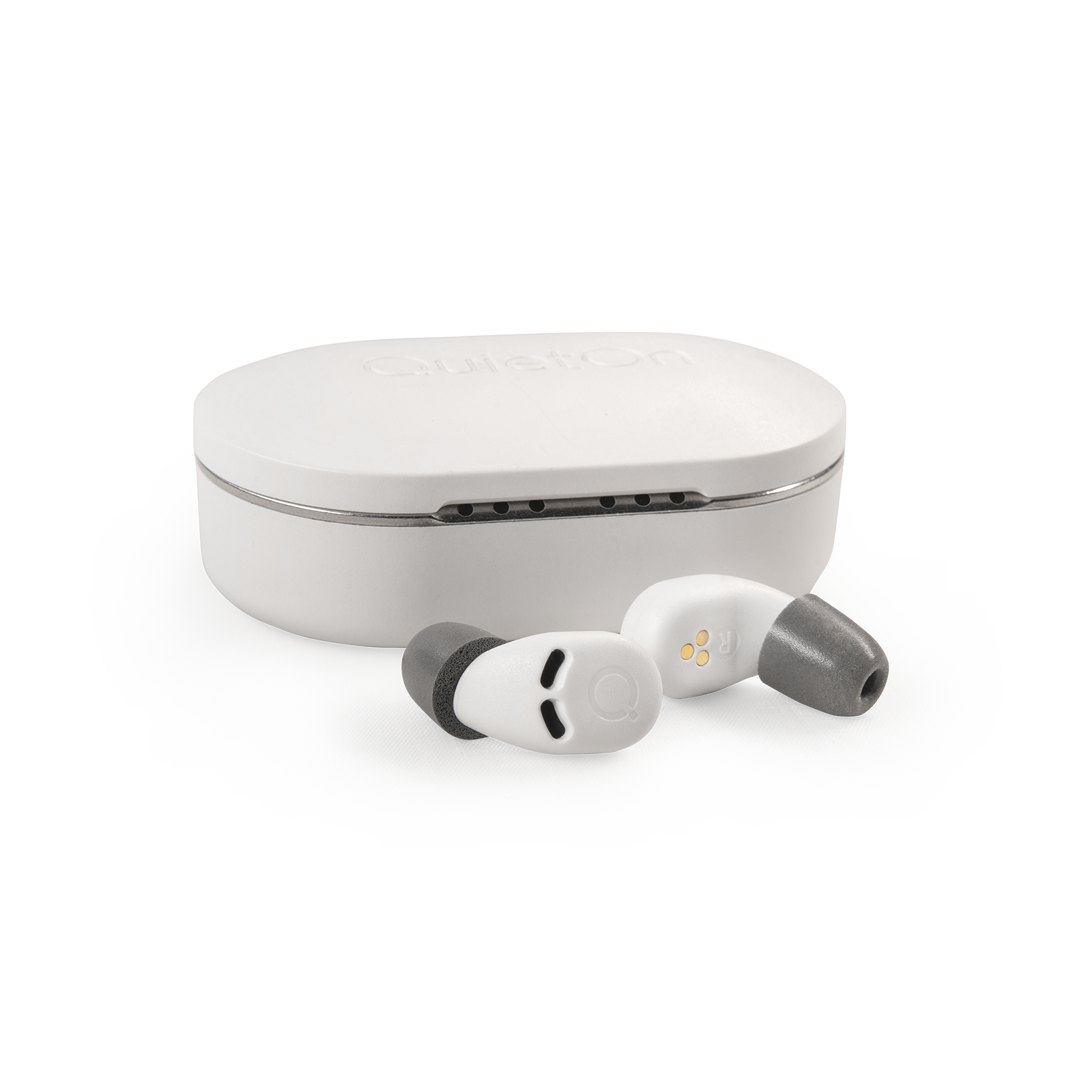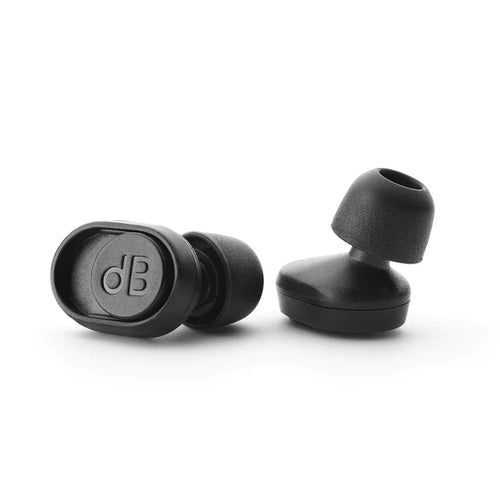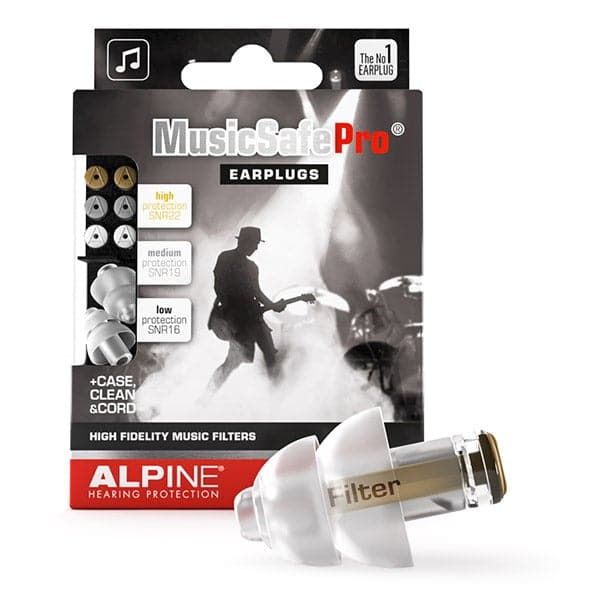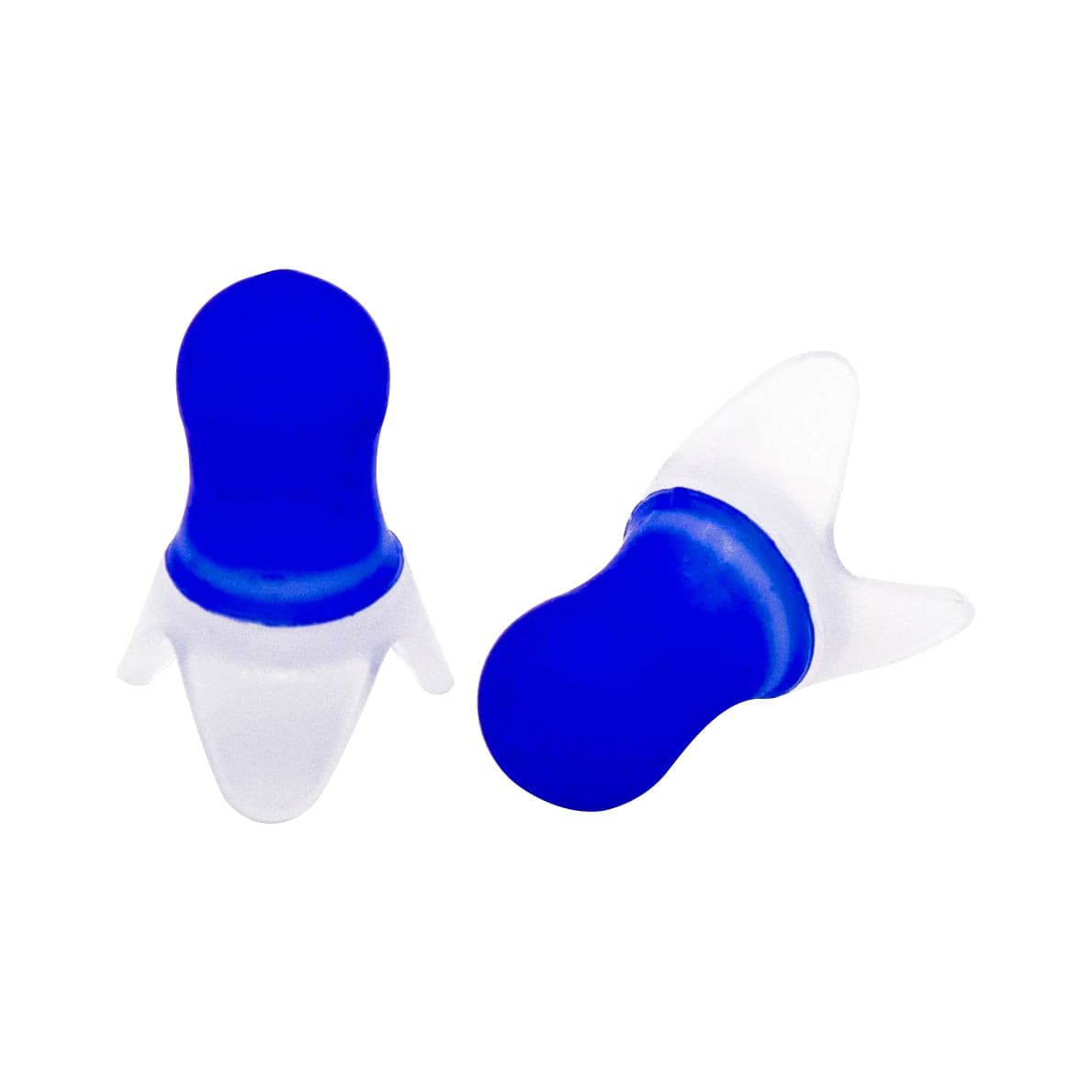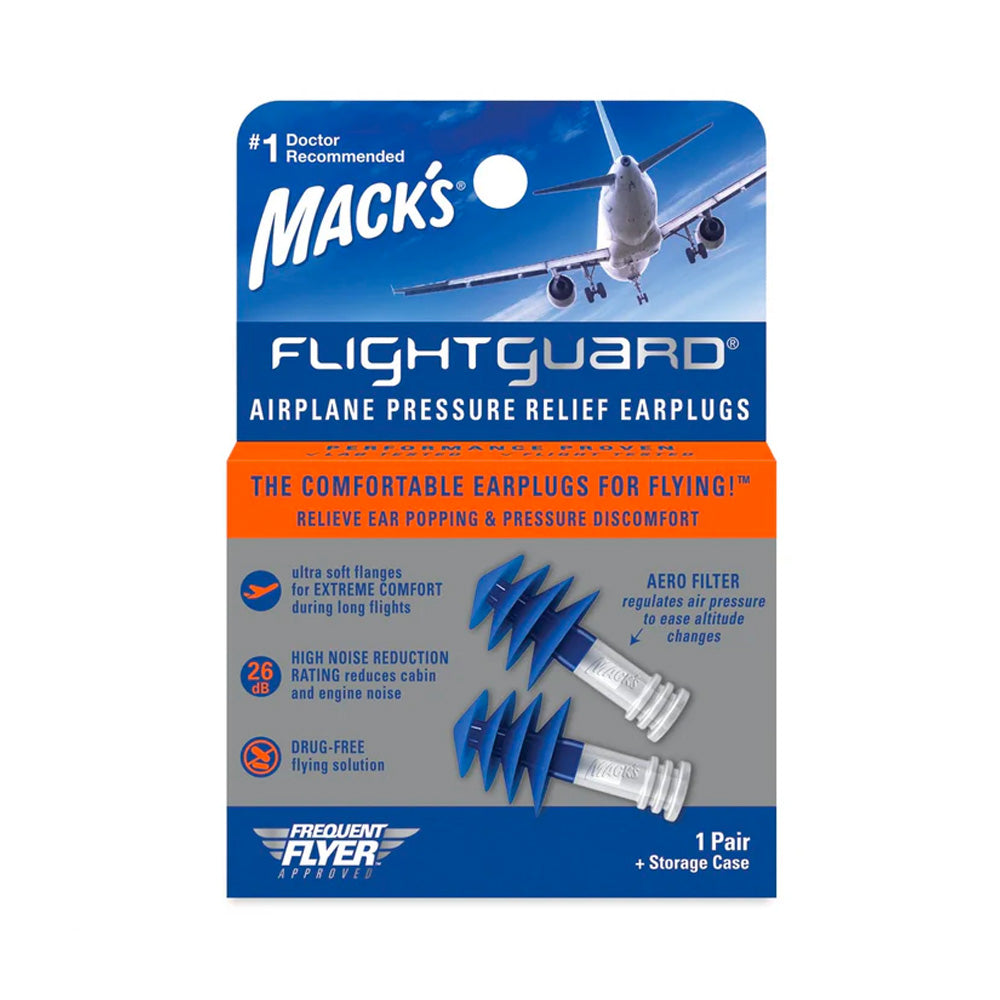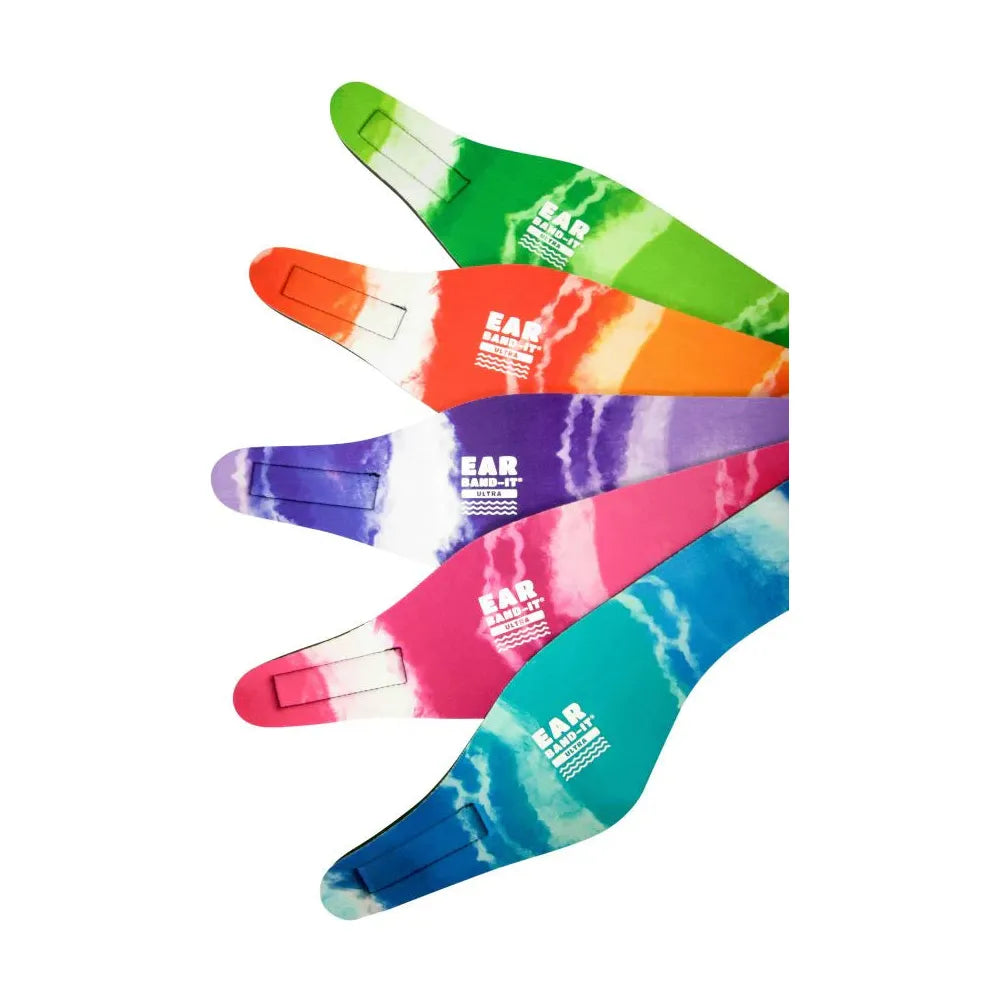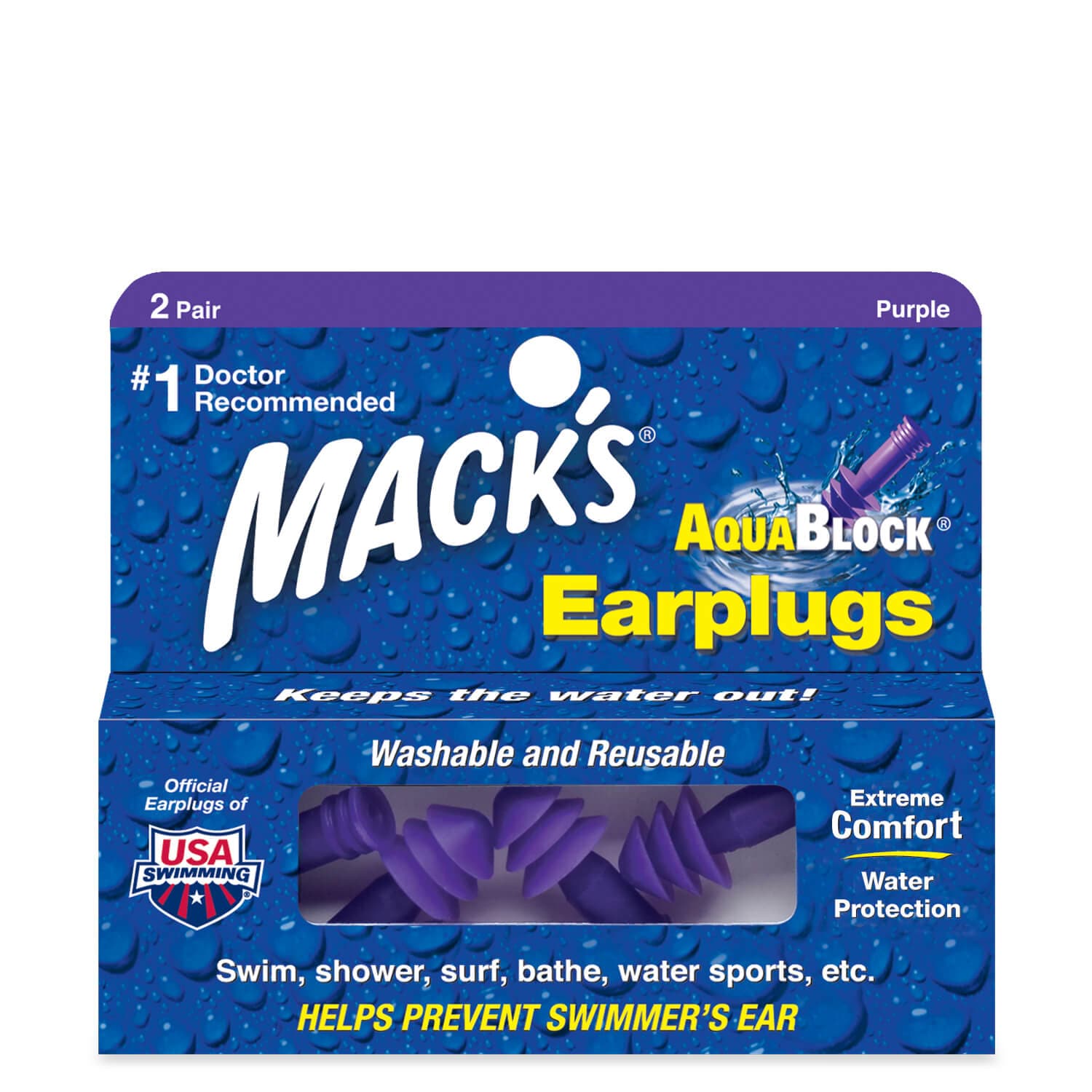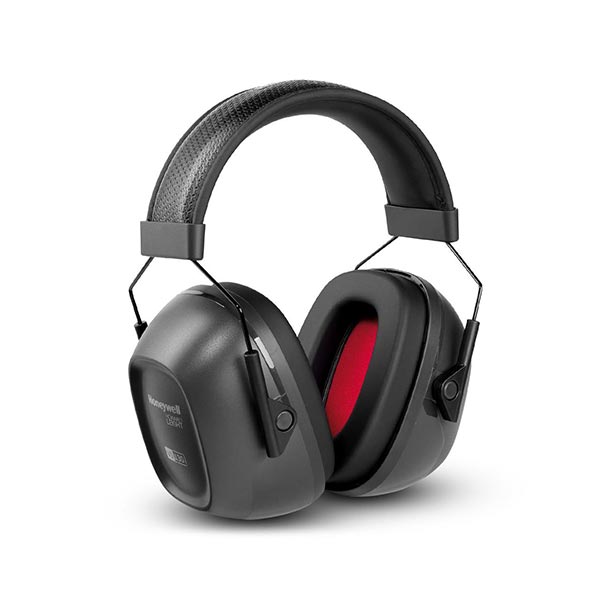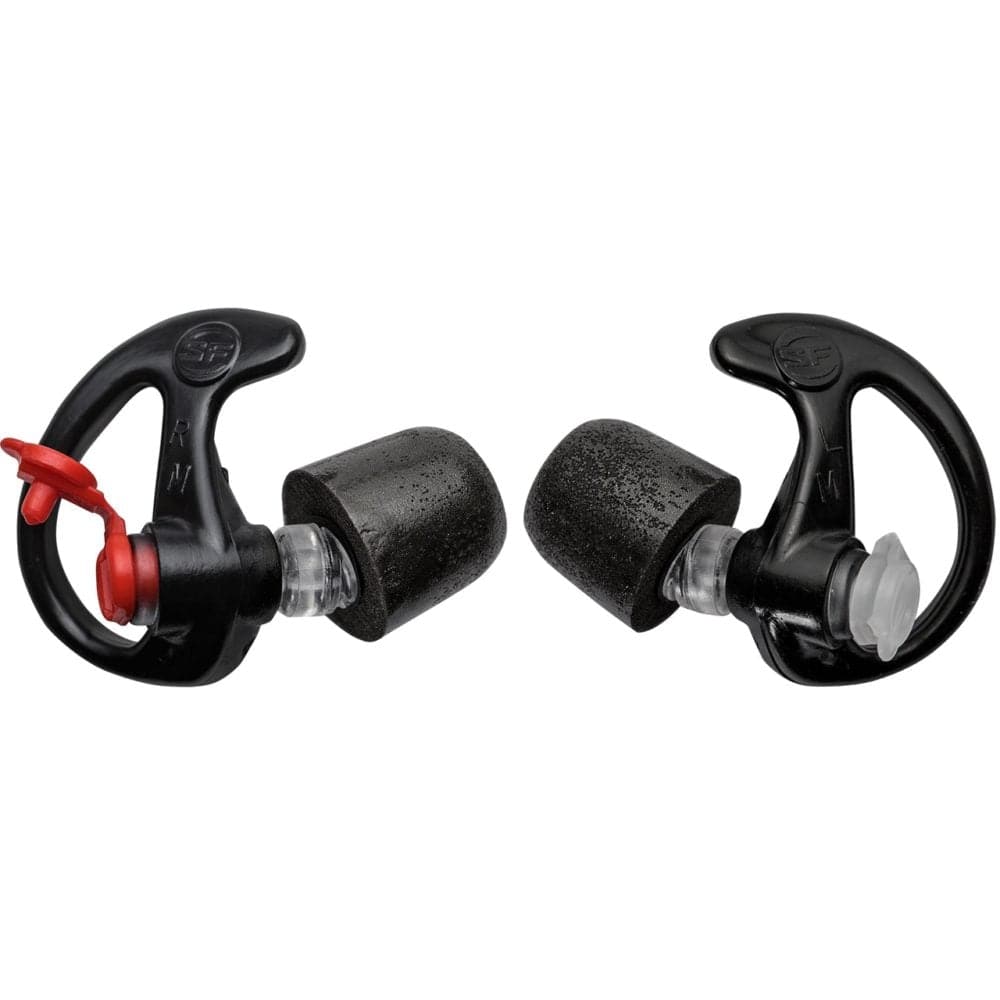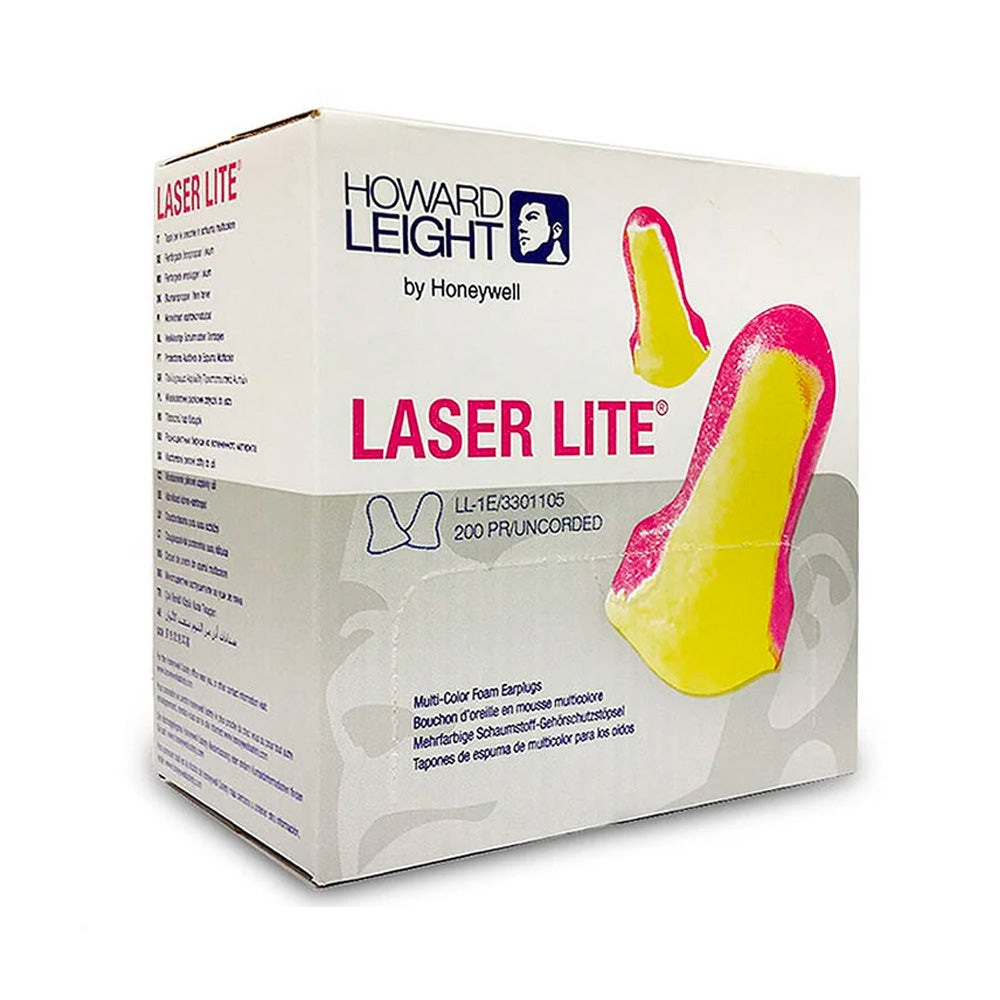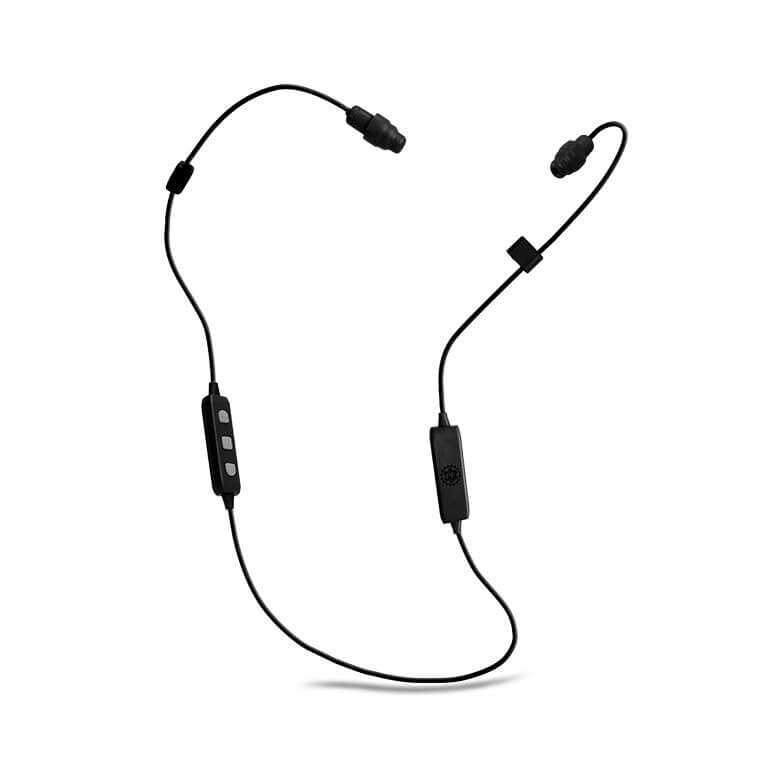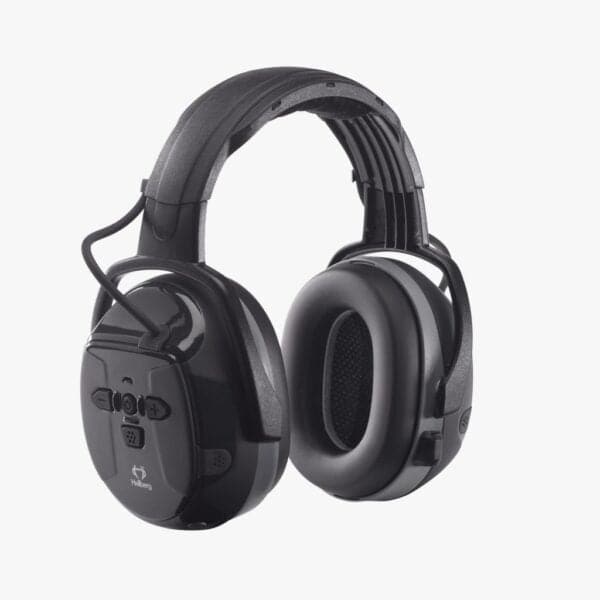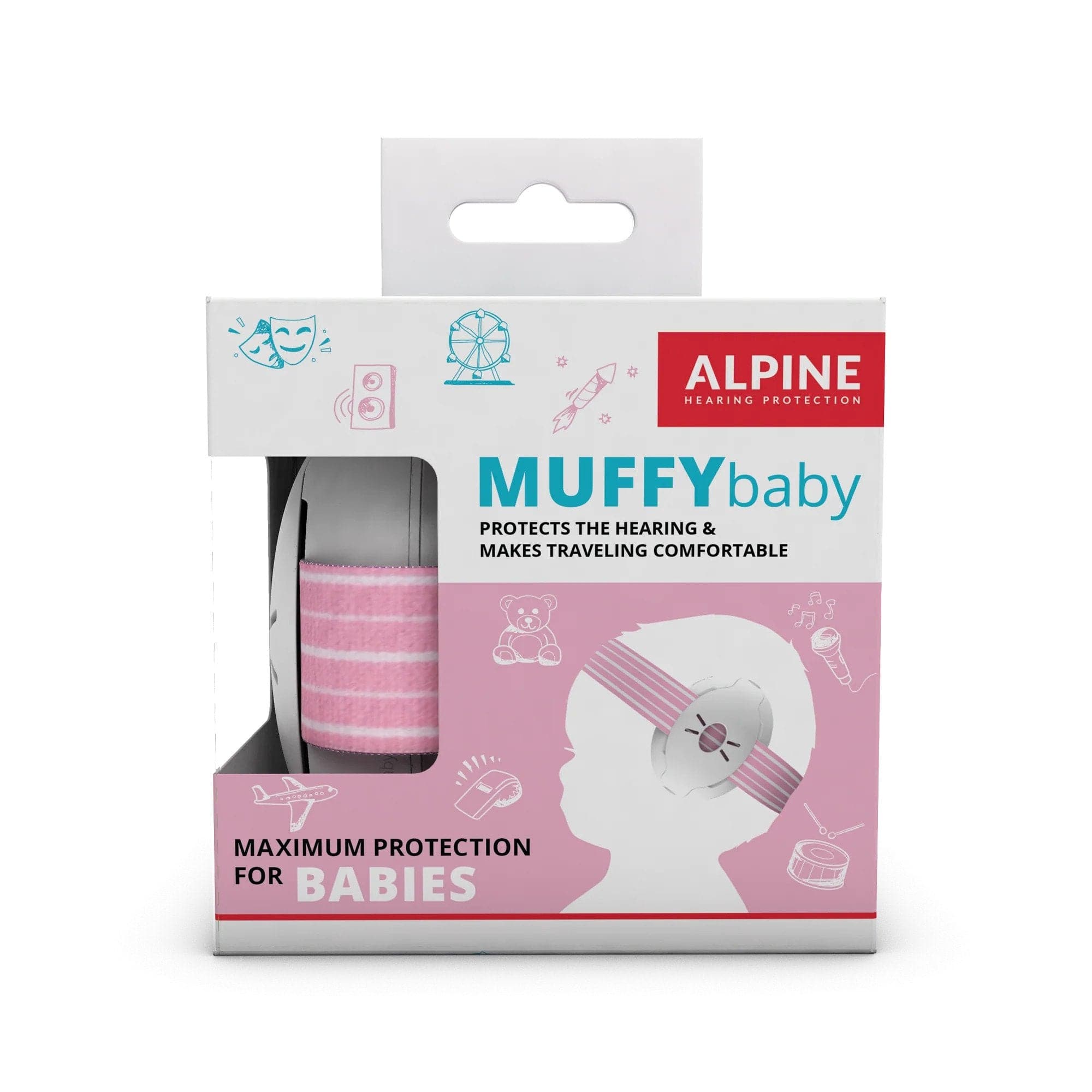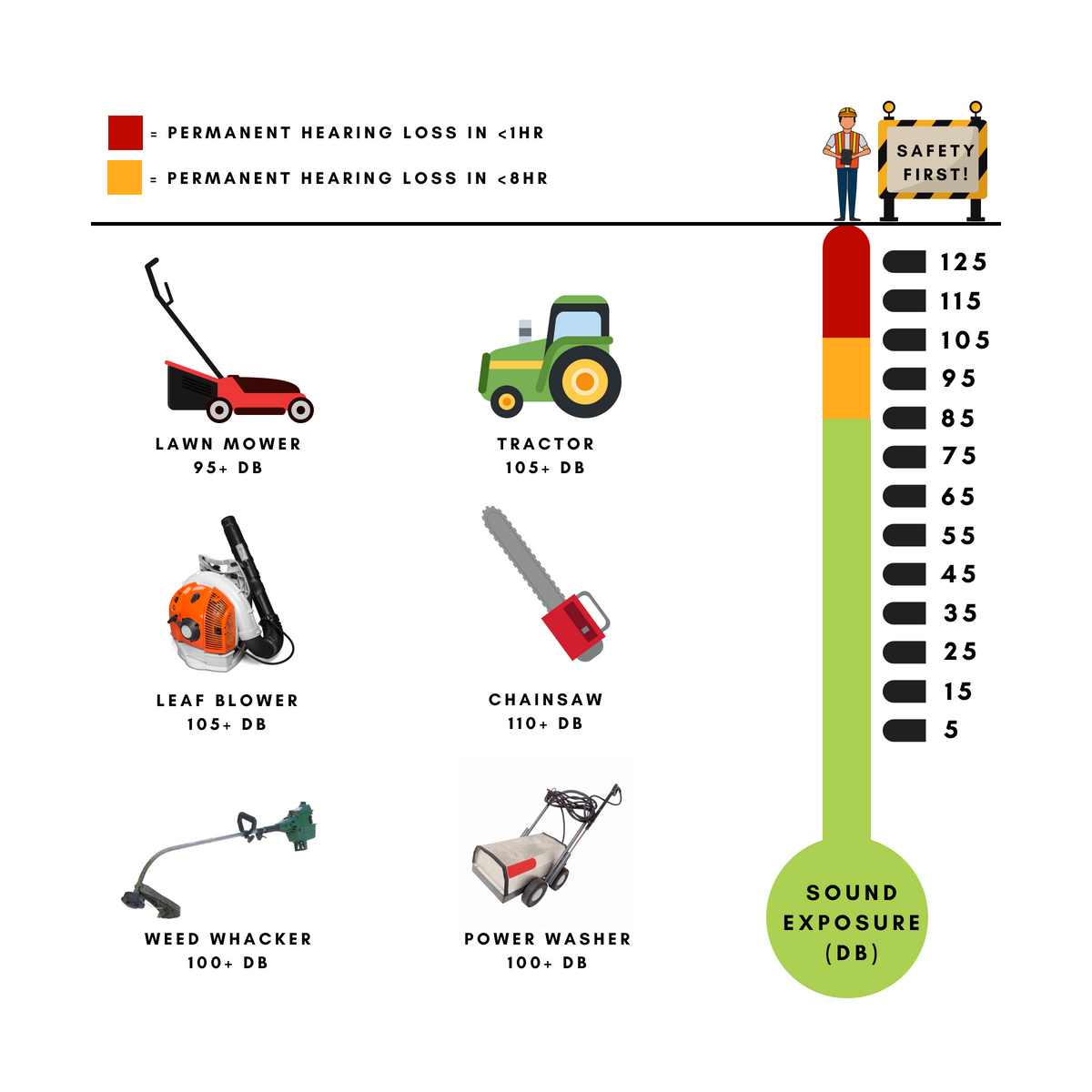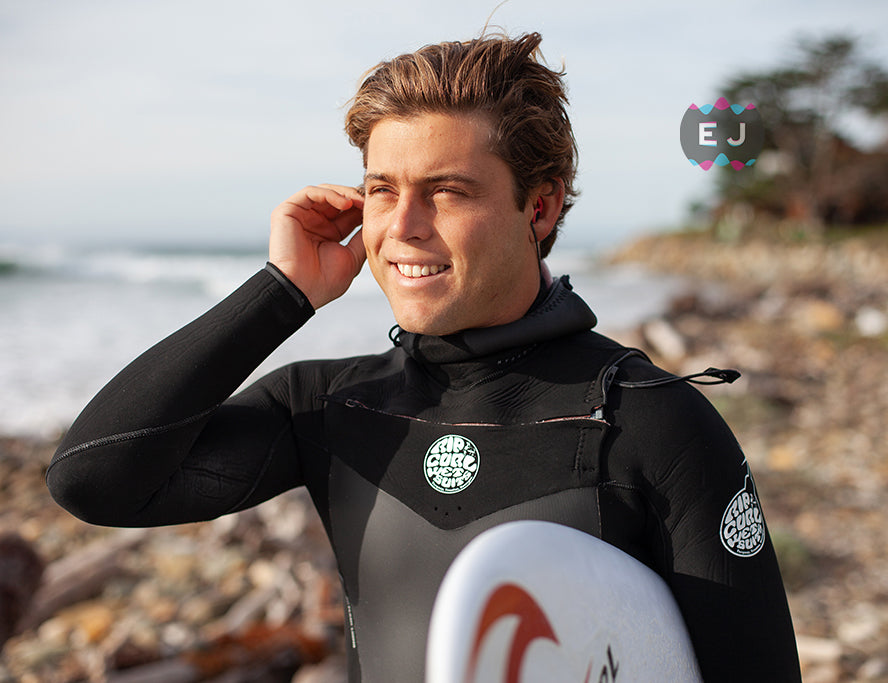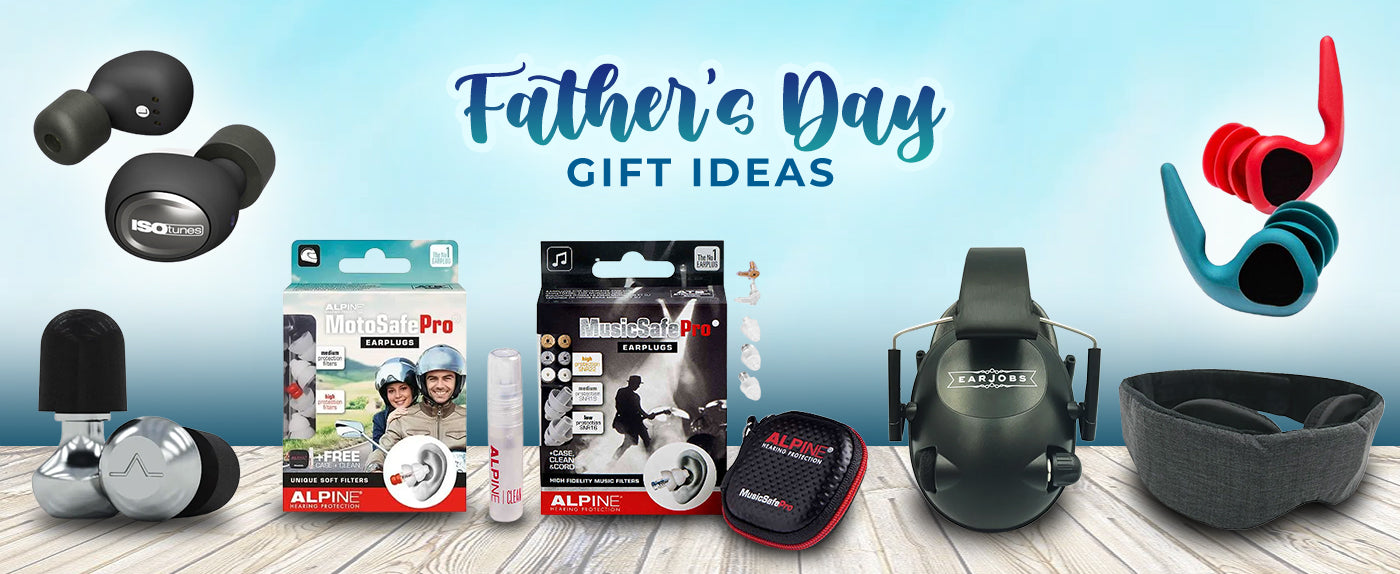Sorting out the garden has to be among the most popular COVID resolutions: it’s relaxing, good exercise, and helps beautify your home. In this article, we’ll discuss a few Dos and Don’ts to ensure your lockdown hobby doesn’t turn harmful.
Protect Your Ears (No Seriously)
When you’re at work, using tools, or exposed to loud noises, you wear hearing protection. It’s common sense. Yet how many of you apply the same rules to gardening and home improvement? If you’re using a mower, power tools like drills or sanders, or even doing work with your car, you should be wearing hearing protection.
The threshold for hearing damage is 85 decibels. Anything beyond that can cause permanent, irreversible damage. The ordinary lawn mower clocks in at 90 decibels. Continued exposure will result in damage to your ears. Thankfully, the solution is pretty straightforward. Even a pair of disposable foam earplugs, provided they’re correctly fitted, will protect your hearing and keep you in the backyard for longer.
If you want to listen to music while you work, consider a noise-cancelling, bluetooth solution. The ISOtunes FREE Wireless has an NRR of 22, which means it’s expected to block out about 22 decibels of sound, while also connecting to your smartphone or bluetooth enabled device. This way you can listen to music while you work.
Drink Up
In general, the Nutrient Reference Values suggest 2.6 litres of water per day for an adult man. This can be affected by variables such as physical exercise and hot temperatures. If you’re out in the garden in the sun, you should be drinking a little bit more.
If you’re particularly bad at reminding yourself, you should try and remind yourself to drink at standard times throughout the day. The best way to track this is to mark your ‘ten cups a day’ at half an hour intervals on a drink bottle. Just take a sharpie or other permanent marker to the bottle, marking out times: 8:00, 9:00, 10:00, 11:00, etc, etc, until you have ten even intervals. At each one, you want to be drinking 260 mls, or about a cup of water.
Aside from its ordinary health benefits, staying hydrated is a good way of avoiding heat stroke. Particularly in COVID times, our fitness levels have taken a real hit, and a lot of people are guilty of over-extending, exercising as if they haven’t spent the last few months in lockdown. Keep an eye out for the main signs: headache, dizziness, lack of sweating despite the heat, and nausea.
And speaking of the sun…
Slip, Slop, Slap

You’ve heard it all before. There’s nothing healthy about a tan. Unfortunately, overexposure to these kinds of messages means that Australians ironically take the sun, and sun damage, less seriously than they should. We’re not here to scare you, but you should follow the data and do what you can to minimise the chance of skin cancer.
Your phone’s weather app is your friend. Most weather apps track UV exposure, which is a way of tracing the amount of ultraviolet radiation in a given place. It’s affected by a variety of factors, including the weather and cloud coverage, the time of day, and where you’re located. Sun protection is recommended with anything over a UV Rating of 3 (Moderate). Based on this, we recommend the following:
- Schedule your garden time for low UV periods. Early in the morning or late afternoon is a good time to get out. You want to avoid the peak sun exposure periods around midday, where UV is at its highest. Check your phone’s weather app to be sure.
- Sunscreen’s non negotiable. Not tanning oil. Not day cream. You want something with an SPF over 30, that’s broad spectrum. Most Australian made sunscreens are optimised for the Australian environment, if you bought something home from the UK save it for your next wet English holiday. Importantly, don’t forget the sensitive spaces on the face: back of the neck, all over the ear, tip of the nose. Re-apply regularly if you’re in the sun for a while.
- Cover-up. You should be wearing a wide-brimmed hat in addition to your normal clothes. Anywhere not covered by fabric should be covered in sunscreen. There’s an added bonus of coverage against snakes and spiders if you’re living somewhere rural.
Make A Game Of It

Too often, the garden becomes the solitary fortress of Dad. But it can be so much more! Particularly now, COVID represents an opportunity to get the rest of the family involved in designing and creating a fun hangout space. Get the kids involved by soliciting their input on flowers or veggies to plant, they can then take on the responsibility of planting and watering -- they’ll be thrilled when their plots grow!
Not to mention, many hands make light work. Just make sure that everyone is on the same page in terms of sun and hearing protection. For the kids, we have a set of children’s earplugs, with a higher degree of protection for those sensitive ears. In the same way, you should be looking for a children’s branded sunscreen with a higher SPF factor.

